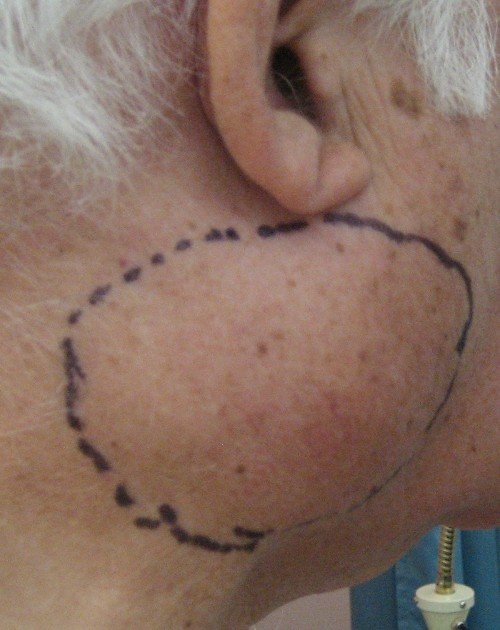
Enlarged Lymph Glands in the Neck Due to Cancer of the Tongue
During the flu season it is not uncommon to find people complaining of enlarged glands in the neck. The glands are usually enlarged due to viral infection. There is a reason why we are born with hundreds of lymph glands in our body. So, let us find out why normally we cannot feel them but in disease we can find them.
The lymph glands are also known as lymph nodes. A lymph node acts as a filter and is part of the lymphatic system. Tissues in the body release fluid called lymph. Lymph is transported through the lymphatic system, is filtered through the lymph nodes and the filtered fluid is then transported to the blood to maintain fluid balance.
Lymph nodes contain lymphocytes which destroy bacteria and viruses. When the body is fighting infection the lymph nodes produce more lymphocytes. The activity in the lymph node is increased and the node gets enlarged.
Our body has approximately 500-600 lymph nodes. They are found in the underarms, groin, neck, chest, and abdomen. They vary in size from few millimeters to couple of centimeters. Normally, they are not palpable on physical examination unless they enlarge due to infection or tumour.
Enlarged lymph nodes due to viral infection are “reactive” in nature and are usually small, firm and non-tender and they may not go away for weeks to months. Enlarged nodes due to bacterial infection are usually tender and more than a centimeter large. The most common site is the neck. These nodes get enlarged due to infection in the mouth, throat or the scalp. This may be associated with fever.
There are many other causes of lymph node enlargement such as: eczema, mono, tuberculosis, cat scratch disease, cancer (Hodgkin’s disease, non-Hodgkin’s disease, leukemia or metastatic cancer from other site).
A good history and physical examination is important in a patient presenting with persistent enlarged lymph node. This may give us a clue regarding the origin of the problem. Clinically, we may find that there is more than one area of enlarged nodes. The liver and spleen may be enlarged as well as they are part of the lymphatic system.
Patient is initially treated with 10 days of antibiotics. If the node does not respond to antibiotics then further investigations should be done to check for other causes of enlargement.
Blood tests, ultrasound and chest x-ray may give us more information. Finally, CAT scan, fine needle aspiration biopsy or open biopsy will be required to get to the bottom of the problem.
Start reading the preview of my book A Doctor's Journey for free on Amazon. Available on Kindle for $2.99!